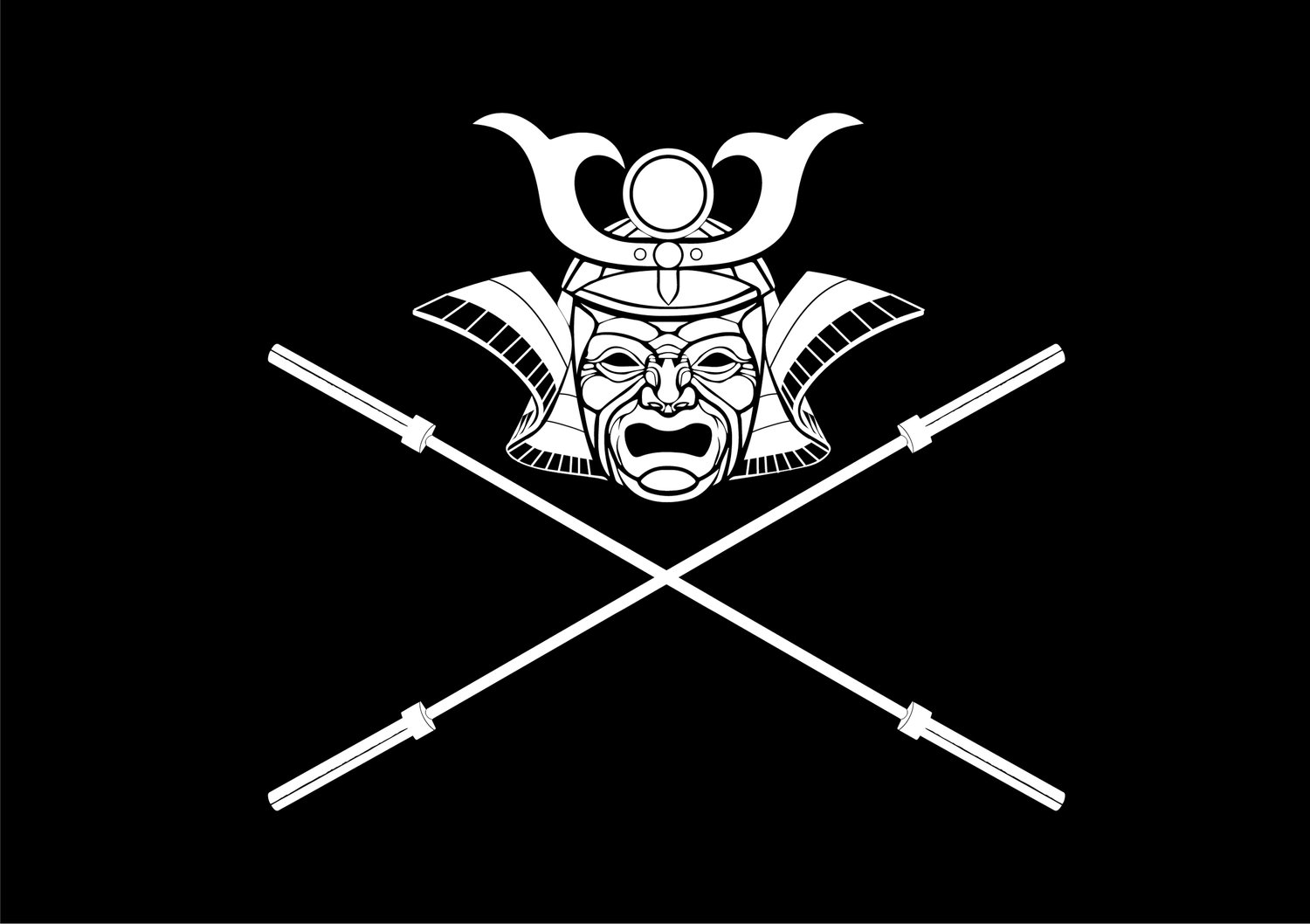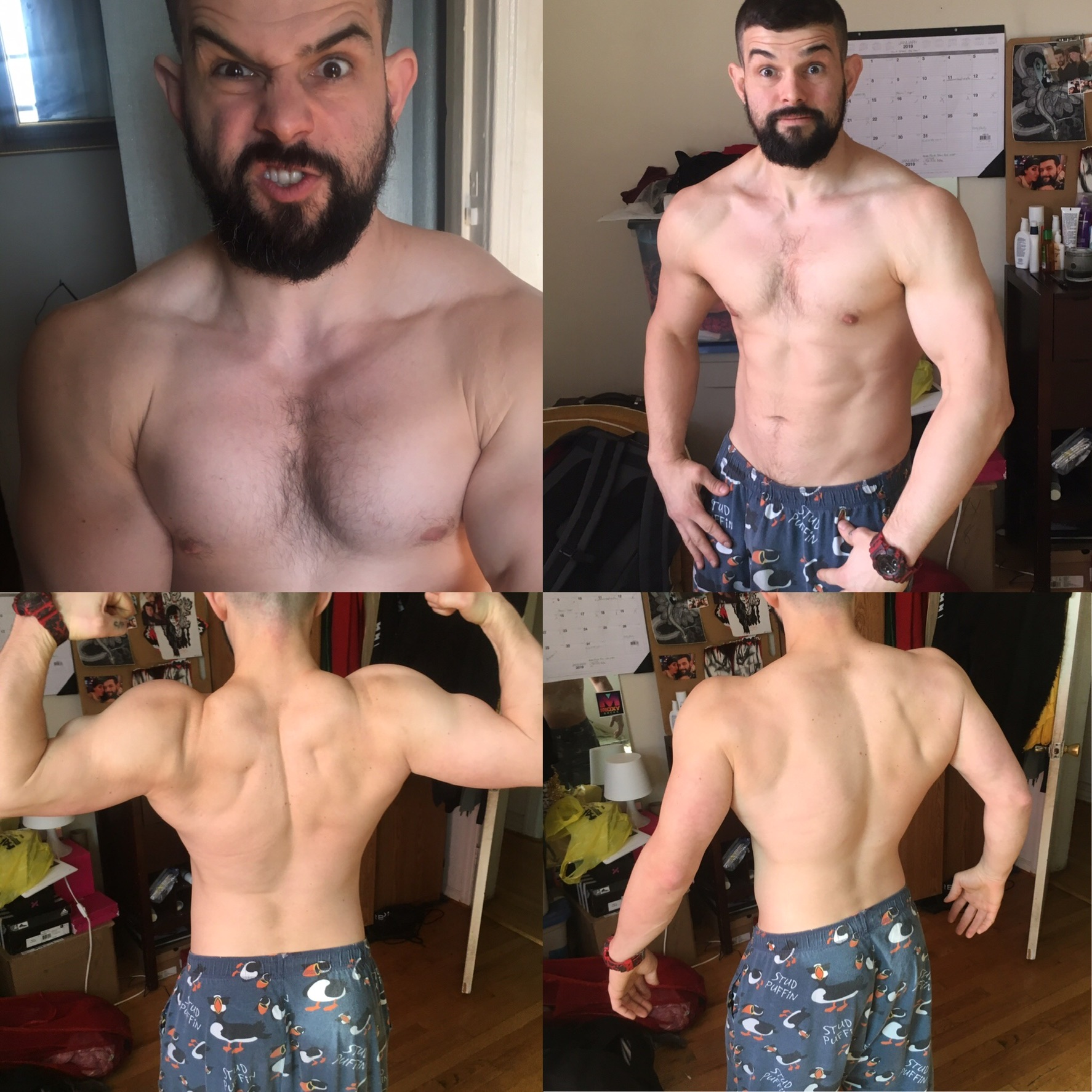6 Week Cut Progress
/NOTE: Below, is re-blogged from my newsletter 1st Feb 2019.
I’m currently in the middle point of a diet for aesthetics. I’ve cut weight for fighting numerous times, but I’ve never followed a program specifically for aesthetics before. I have several reasons for doing this.
I feel that as a fitness professional there is a huge difference between being in the game 10 years growing constantly, and doing the same year over ten times. If you don’t try running the programs yourself how can you confidently implement them?
Maybe most importantly, the idea of being restricted in food (for comfort or socialization) and alcohol made me a little scared, to be honest. The idea of working a thirteen-hour day and then coming home and not being able to have something delicious made me uncomfortable. So, I felt this was something I had to do, we all know growth happens outside the comfort zone. Lastly, I need six pack abs if I’m ever going to destroy my enemies in the fitness world (not hyperbole).
I posted this photo recently on Instagram and I received a lot of positive feedback, for which I am very grateful. Also, all this encouragement I see as another layer of accountability, but even so, I felt the immediate urge to qualify it posting thIs comparison photo.
Posting this comparison photo I felt the immediate urge to qualify it. I wanted to say “hey you can still sort of kinda see the top two abs, or mention my recent squat/deadlift PR.” I felt the need to qualify looking puffy. I don’t really like the photo. Don’t like how I look, bad lighting (#fitspo is 85% lighting) but I think it’s important to share how much change can happen in 5 weeks. Also, I think it’s important if I’m going to LEAD you in your journey you understand I’m not a robot. I feel vulnerable, weak, and unsatisfied at times also. If I didn’t I wouldn’t be able to help you.
I wanted to say “Hey, you can still sort-of kinda see the top two abs,” or mention my recent squat/deadlift PR. I felt the need to looking looking what I saw as puffy. I don’t really like the photo. I don’t like how I look, there’s bad lighting (#fitspo is 85% lighting), but I think it’s important to share how much change can happen in 5 weeks. That was a photo after completing week one of my diet and program. Also, I think it’s important if I’m going to LEAD you in your journey you understand that I’m not a robot. I feel vulnerable, weak, and unsatisfied at times. If I didn’t, I wouldn’t be able to help you.
THE DIET
I received several inquires to what the diet I’m doing includes. My knee jerk reaction was to explain it’s complexity with: “well you train like a Viking and don’t eat like an asshole, repeat to desired effect.” In all seriousness, well actually in all seriousness, DO THAT! But, to be more specific I simply tracked all my food, kept protein consistent, and slowly dialed down the calories for the energy macronutrients (fat & carbs). To get slightly more detailed I try to time carbs around my workouts. No foods are off limits except alcohol (the 5th food group).
For the most part everyone already knows how to get leaner. If I showed you grilled chicken and broccoli and then a plate of pasta, you know which is better for weight loss! Eighty percent of results from a weight loss plan is hitting the appropriate number of macro nutrients and total calories. A widely excepted rule of thumb that predates the world wide web, blogger “experts,” and skinny jeans is that you should have roughly one gram per pound of bodyweight. I don’t want this to turn into a discussion of protein, if you want to delve deeper look into the material published by Renaissance Periodization.
Also, I’m not drinking. This goes back to my main point that unless you want to get bodybuilding competition shredded, you already know how to lose weight. I especially already know! So, why am I successful (at the moment)? I have layers of accountability, I know why I’m doing this, and I have confidence in the program.
THE GIGGLE TEST
Does your diet pass the giggle test? What do I mean by that? Well, if you tell someone your new cockamamie diet plan and their first reaction is a giggle it’s probably not the best idea. “Jill I’m only eating foods in blue packaging on even numbers of the the clock.” That being said, this diet will work at least at first. Because any diet that reduces the number of calories in versus out will work (for a time). Keto, let’s just cut the shit please. You don’t actually believe it’s a good idea you just want to be able to eat bacon wrapped avocados all the time.
LAYERS OF ACCOUNTABILITY
I have a coach. Yes, coaches need coaches, especially good ones! I have a very supportive girlfriend Cara (@captainstarbuck). As far as not drinking I told my girlfriend I was going to cut out alcohol on our anniversary until the project is done. Then on Christmas numerous people gave me bottles of whiskey. Which I asked Cara what that means people think? To which she replied: “well it’s because you’re like a man’s man, or they think you’re a functioning alcoholic, or a little of both.” Also, I now have this post on IG now I’m for my half-way mark, so I need to show change once I’m at 12 weeks. Next and maybe most important I paid money for this diet, I suggest you do too. This is isn’t even a sales pitch because I can’t legally tell you specific guidelines but I’m going to let you in on a secret I learned the hard way: people don’t respect things that are unconditionally free! So, throw down some cash. Even better keep a tally of all the money you’re saving by making your own meals and not drinking. Especially if you live in New York you’ll see this add up. Then get yourself something nice.
Also, postscript for next December my brand is Talisker.



